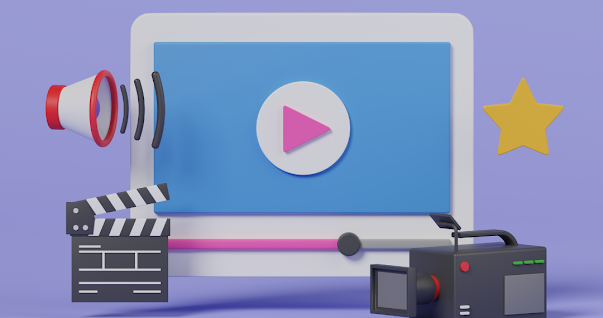Accuracy & Regulatory Compliance in Pharmaceutical Translations
Pharmaceutical translation is a specialized field that involves translating various documents and materials related to the pharmaceutical industry.
With the global nature of the pharmaceutical industry, accurate and effective translation is essential for ensuring clear communication, regulatory compliance, and patient safety.
The pharmaceutical sector works in a highly regulated setting with stringent documentation and communication standards. For information to be properly communicated to patients, healthcare providers, and regulatory authorities, precise translation is essential, from clinical trial protocols and regulatory submissions to medicine labels and patient information booklets.
The Importance of Accurate Pharmaceutical Translation: Ensuring Safety and Efficacy
Accurate pharmaceutical translation is of utmost importance in ensuring the safety and efficacy of pharmaceutical products. Here are some key points highlighting its significance:
Patient Safety: To ensure patients receive clear instructions and information, accurate translation of medication labels, patient information booklets, and other medical papers is essential.
Errors in medicine administration, unfavorable reactions, or inefficient treatment might result from misreading or misinterpreting information.
Regulatory Compliance: Correct translation of a variety of papers, including clinical trial protocols, regulatory submissions, and labeling information, is required by regulatory bodies.
Adherence to regulatory protocols guarantees that pharmaceutical items fulfill the essential criteria for quality, safety, and efficacy.
Consistency in Clinical Trials: In multinational clinical trials, accurate translation of study protocols, informed consent forms, and case report forms is essential for maintaining consistency across different language versions.
This ensures that trial participants receive the same information and follow the same procedures, regardless of their language.
Market Access: To receive market approval in many nations, accurate translation of regulatory documents—such as product dossiers and labeling information—is essential. Accurate translation of technical information and adherence to local language regulations promote market access and growth.
Effective Communication: Effective communication between researchers, healthcare practitioners, and regulatory agencies in many nations is made possible by accurate translation.
It makes sure that research articles, scientific discoveries, and medical advice are appropriately communicated, which promotes cooperation and information exchange.
Regulatory Compliance:
A crucial component of pharmaceutical translation is regulatory compliance, which guarantees that translated materials satisfy the standards established by regulatory bodies like the European Medicines Agency (EMA) and the U.S. Food and Drug Administration (FDA).
The following explains the legal prerequisites for translating pharmaceuticals:
FDA Requirements: The FDA offers standards for translating medication labels, patient information booklets, and other publications to provide accurate and consistent information.
The FDA demands that translations adhere to the original text, utilize proper vocabulary, and convey the intended message.
Regarding content, formatting, and readability, translations must also abide by FDA guidelines.
EMA Requirements: Pharmaceutical translation must adhere to strict rules set by the European Medicines Agency (EMA), which oversees drug regulations in the EU. The Summary of Product Characteristics (SmPC), packaging pamphlets, and labeling must all be translated accurately, clearly, and consistently to comply with EMA regulations. Translations must adhere to particular linguistic and formatting requirements, as well as the EMA's terminology database.
Harmonization Initiatives: Global regulatory agencies, such as the FDA and EMA, take part in harmonization efforts to synchronize regulations and promote access to and development of drugs on a global scale.
The projects as mentioned earlier are designed to establish uniformity in pharmaceutical translation across various countries by standardizing terminology, labeling requirements, and documentation standards.
Local Language Requirements: Regarding language usage, readability, and cultural adaptability, regulatory bodies in various nations may have particular standards for pharmaceutical translation.
To maintain regulatory compliance and efficient communication with healthcare professionals and patients in each target market, translations must adhere to these local language requirements.
Conclusion:
Accurate pharmaceutical translation is crucial for patient care as it ensures patient safety, regulatory compliance, effective communication, and global collaboration, and fosters trust in the healthcare system.
It plays a vital role in conveying critical information, preventing medication errors, facilitating global access to safe and effective medications, and ultimately improving patient outcomes.
By providing accurate translations of medical documents, pharmaceutical translation contributes to the overall quality of healthcare and enhances patient care.
.png)



